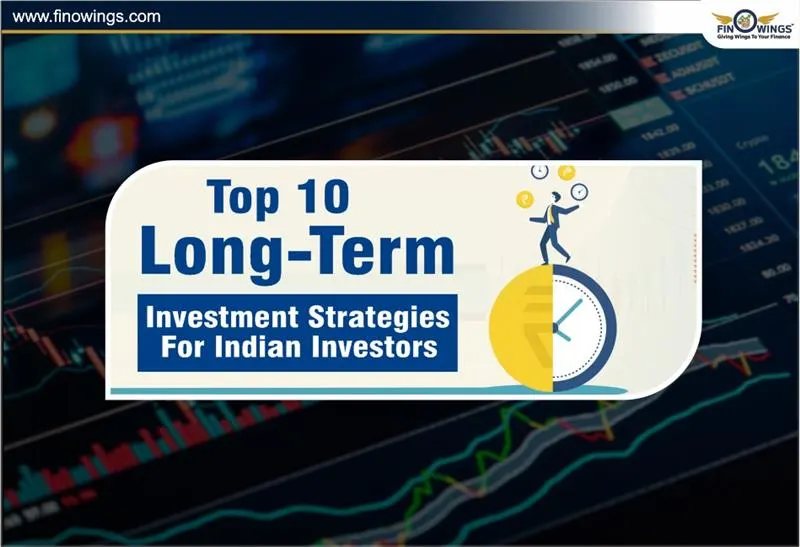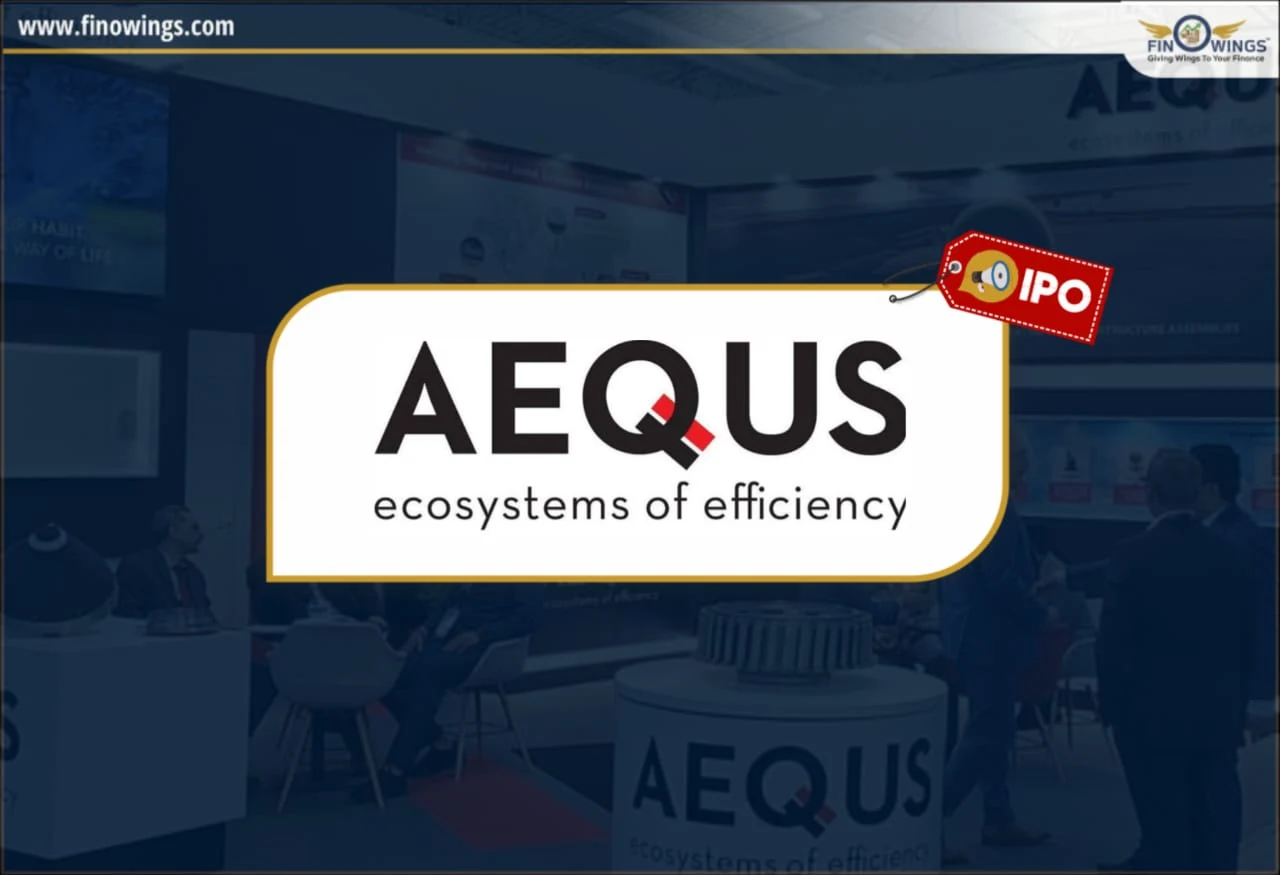Home >> Blog >> Top 10 Long-Term Investment Strategies for Indian Investors
Top 10 Long-Term Investment Strategies for Indian Investors

Table of Contents
- Introduction
- Why Long-Term Investment Matters
- Best Long-Term Investment Plans in India
- Direct Investment in Long-Term Stocks
- Long term investment stocks India
- Public Provident Fund (PPF)
- Invest in NPS (National Pension System)
- Real Estate Investment
- Gold and Sovereign Gold Bonds
- Go for Index Funds or ETFs
- Recurring and Fixed Deposits for Stability
- Systematic Transfer Plans (STP) and Rebalancing
- Diversify Across Different Investment Classes
- Wealth Creation India: Real-Life Example
- Concluding remarks
Introduction
Over the last ten years, India’s investment potential and opportunities have broadened tremendously. Investors can now leverage the fact that investing and wealth building has become digital and innovative.
Creating the right wealth requires discipline and patience. In this article, we’ll cover the top 10 long-term investment strategies in India that can get you the financial freedom, stability, and wealth creation you desire.
This Indian investment guide is for both beginners and seasoned investors so you can prep for the future.
Why Long-Term Investment Matters
Compounding is like magic. The longer you stay invested, the more your earnings will grow.
Although the market fluctuates in the short term, it increases gradually over time.
The probability of extremely unfavorable market events declines over time.
Basically, you need to remember that time in the market is more important than timing the market.
Best Long-Term Investment Plans in India
Equity Mutual Funds
Equity Mutual Funds are one of the most sought-after investment strategies India provides for the purpose of long-term growth.
Funds are invested in a diversified portfolio of large, mid and small market companies and are managed by professionals who provide returns that beat inflation over 5 to 10 years.
Reasons:
There is a perception of a lower risk as a diversified portfolio is provided.
Ideal for those who do not want the risk of picking their own stocks.
Suggestion: Create a Systematic Investment Plan (SIP) and watch to see how monthly investments of even Rs. 1,000 increases over time to hundreds of thousands.
Direct Investment in Long-Term Stocks
When it comes to direct long-term investment stocks India, these provide a great opportunity to yield higher returns when compared to other asset classes.
Look and invest in companies with:
Good fundamental and earnings growth consistency. Good management with low debt. Appropriate for the future (banking, IT, renewables, infrastructure, FMCG).
Long term investment stocks India
Some long term investment stocks in India, such as HDFC Bank, Infosys, TCS, Asian Paints, and Titan Company, have all been greatly rewarded for their long-term dedication.
Reasons:
- Ownership in the growth of India.
- Compounding gained through capital appreciation and dividends.
Public Provident Fund (PPF)
If you're a risk-averse investor, the Public Provident Fund (PPF) is a government-backed scheme for you. Jurisdictive interest rates are fixed salaries of 7-8% and you get tax-free returns under 80C.
Why it is a great strategy:
- There is a 15-year lock-in period to foster long-term savings.
- Guaranteed returns with government backing.
- Bank-grade wealth creation, nation-wide.
Invest in NPS (National Pension System)
The National Pension System (NPS) is one of, if not the best, options in any Indian investment guide for retirement planning - you should actively engage in it.
It provides a blend of equity, corporate debt, and government debt - offering growth and safety.
Reasons:
Great tax benefits. (up to Rs. 2 lac under 80C + 80CCD)
Low cost, adjustable, and clear pricing.
Pension in retirement to maintain living independence.
Real Estate Investment
Real estate still remains a long-term investment option in the country. Even in metro and tier-2 cities, property values continue to appreciate every year. For passive income, you can invest in property directly or via REITs (Real Estate Investment Trusts).
Thus, the reason to invest in property are as follows.
Dual benefit of receiving rent and appreciation of the property.
Fits as a long-term hedge against inflation.
Gold and Sovereign Gold Bonds
Gold, for centuries, has been a part of traditional investment strategies in India to protect wealth during inflation and financial crises. Though physical gold has its storage problems, buying Sovereign Gold Bonds is a better choice since you will earn 2.5% interest and gain from gold inflation. The reasons to include Gold Sovereign Bonds in your portfolio are as follows:-
Tax-free returns after you hold the investment for 8 years (it matures).
No possibility of theft or gold impurities.
Go for Index Funds or ETFs
For passive investing, Index Funds and exchange-traded funds (ETFs) mimic the Nifty 50 or Sensex. They are inexpensive, clear in their operations, and ideal for individuals who are investing for a long duration.
Reasons
You don’t have to purchase separate stocks. The return averages on Indian indices have been around 12-15% in annualised returns for decades. Great for busy professionals or those who’re beginning to invest.
Recurring and Fixed Deposits for Stability
While the equity markets are thrilling, some don’t easily tolerate high risk. Recurring Deposits (RDs) and Fixed Deposits (FDs) are the safest in recurring deposit schemes. They provide guaranteed interest, making them perfect for goals that are short or medium-term, and can be included in diversified portfolios.
Reasons:
Safe, stable, and easy to manage.
Great for emergency funds or low-risk planning.
Online tools, like RD interest calculators, can help in estimating the maturity period and returns.
Systematic Transfer Plans (STP) and Rebalancing
For disciplined investors, this is an advanced strategy. You invest in a debt mutual fund, and then, every month, you transfer a set amount into an equity mutual fund through STP.
Reasons:
Reduces the risk of timing the market.
It guarantees a steady transition from safety to growth.
Invest in Emerging Sectors and Innovation Themes
India's economy will depend on renewable energy, electric vehicles, digital infrastructure, defence, and healthcare technology. These will be the additional sectors to the economy. Investing in thematic, or sectoral funds, tends to be the sector funds portfolio.
Reasons:
You get in early on sectors that are just starting to grow.
There is a greater potential for multi-bagger returns.
Be careful. You will want to keep this to a small portion of your portfolio and invest only in sector funds.
Diversify Across Different Investment Classes
Regardless of the strategies you apply in your investments in India, diversification is paramount. In a balanced portfolio, for example, Invest in equity, fixed income, and debt, then you can structure it this way. Risk will be balanced. A steady pattern of wealth creation in India will be achieved.
Important Elements of Long-Term Investing
1. Start Early: Compounding will take time.
2. Regular investments: SIPs will sustain discipline.
3. Stay in: There will be market swings and don't let them bother you.
4. Rebalance: You will want to take a portfolio review on an annual basis.
5. Don't Speculate: Watch the hype and not the fundamentals.
6. Keep Learning: Stay current; follow news, earnings reports, and economic news.
Every guide to investing in India will always start with these principles in investing.
Wealth Creation India: Real-Life Example
Wealth creation in India requires patience, research, homework, positive attitude and discipline. Let’s see how much wealth can be created over time through compounding:
If you put Rs. 10,000 a month into an equity mutual fund that earns 12% a year.
In 20 years, you will have invested a total of Rs. 24 lac,
But your maturity value will approach Rs. 99 lac.
This shows the power of compounding and time, and is the golden rule of long-term investing.
Mistakes
-
Pursuing "hot tips" or quick riches.
-
Disregarding the distribution of assets.
-
Halting SIPs while the market is down.
-
Not taking taxes and inflation into consideration.
-
Consistency and patience are more important in long-term investing than excitement.
Concluding remarks
You may lower risk and create steady, long-term wealth throughout India by adhering to the appropriate investment plan. Keep in mind that investing is about planning for the future, not forecasting it. Invest consistently, start early, and allow compound interest to do its magic.
DISCLAIMER: This blog is NOT any buy or sell recommendation. No investment or trading advice is given. The content is purely for educational and information purposes only. Always consult your eligible financial advisor for investment-related decisions.
Author
Frequently Asked Questions
Gold.
Public Provident Funds (PPFs)
Mutual funds.
Stocks.
Fixed deposits.
Investors should diversify across five asset classes (or categories), maintain discipline during the three stages of an investment cycle, and have a 7+ year investment horizon, according to the 7-5-3-1 guideline for a Systematic Investment Plan (SIP).
Get started early.
Success is equal to asset allocation plus consistency.
High returns are outweighed by contributions.
Recognize your risk profile.
Conquer "lost decades" by diversifying, but be aware of the costs.
Don't complicate things.
Automate.
Keep your emotions in check.
Safety and return are trade-offs; there isn't a single investment that is both the safest and the most profitable.
Failing to conduct adequate market research.
Trading without a strategy.
Excessive dependence on software.
Not reducing losses.
Revealing too much about a position.
Too rapidly diversifying a portfolio.
Not being aware of leverage.
Failing to comprehend the risk-reward ratio.



















